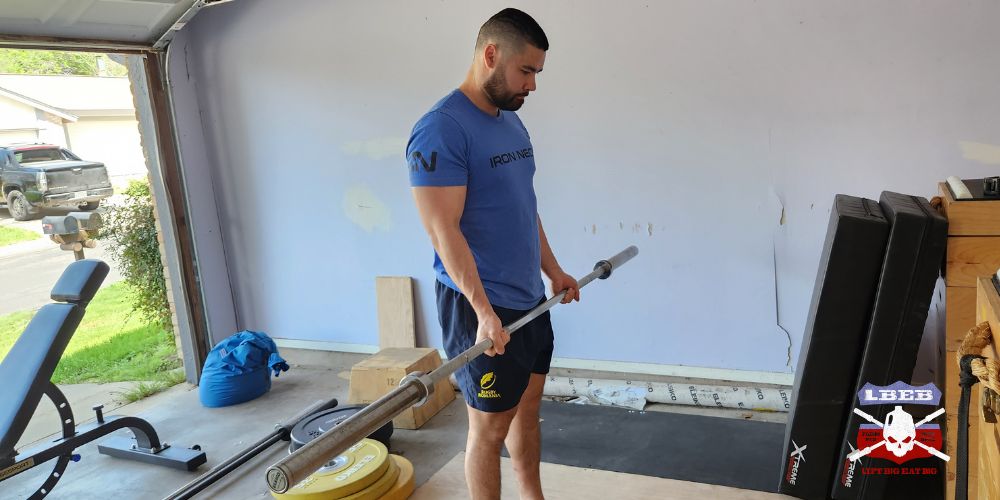With so many training splits, figuring out where to place certain exercises, like the biceps curl, can be a minefield. To make life easier, exercises are categorized into push and pull exercises for creating training programs. So, where does the bicep curl fit?
Bicep curls are a pull exercise because the biceps are a secondary muscle during compound pulling movements like rows and pull-ups.
So, when should you train your biceps to maximize muscle growth? Must you do biceps on pull day, or are there other options?
Table of Contents
Are Bicep Curls Push Or Pull?
Biceps are a pull exercise and are usually trained on pull day or a separate arm day. A pull exercise is classified as any exercise where weight is pulled toward you with your upper body—for example, rows and pulldowns.
A push exercise involves pushing a weight away from you with your upper body and targes the chest, shoulders, and triceps.
To pull a weight toward you, the shoulders extend or adduct, and the elbows flex. This elbow flexion works the biceps to varying degrees depending on the hand position.
Biceps curls are typically performed on pull day to make programming more manageable and logical, as the biceps have already been hit as secondary muscles during various back movements.
Do You Do Biceps On Pull Day?

Typically, you hit biceps on pull day. It makes sense since your biceps will be warmed up from your compound pulling exercises. It also means you further fatigue the biceps before training them again many days later – depending on your training split.
Here’s an example of how a pull day will look that includes working the biceps:
A1) Straight Arm Pulldown 3 x 15
B1) Pull-Up 4 x 8-10
C1) Lat Pulldown 3 x 12-15
D1) Machine Row 2 x 15-20
E1) DB Hammer Curl 4 x 10
F1) Incline DB Curl 3 x 10
Importantly, the biceps are hit at the end of the session. If you do biceps first, your compound pulling exercises will suffer, and the rest of the workout will be sub-par. If your main goal is to get bigger biceps, you still want to avoid hitting them first in a pull workout.
Instead, target the biceps at the end of the pull day and train them again later in the week at the end of another training day or on a separate arm day.
Can You Do Biceps On Push Day?
You can do biceps on push day, but it’s not generally recommended. If you run a typical bro split with push day on Monday and pull day on Tuesday, you’re hitting biceps on Monday. That biceps fatigue carries over to Tuesday, potentially negatively affecting your pull day.
However, if you did push day on Monday with biceps and then did legs on Tuesday, allowing your biceps a day’s rest, then you can do this. Why would you want to do biceps on push day? To increase the frequency of training the biceps.
Since your biceps get hit on pull day with compound pulling exercises, training them when they are fresh on push day may allow you to use more weight and increase your weekly training volume.
Do All Pull Exercises Work The Biceps?
Most pull exercises work the biceps as the elbow flexes as part of the movement. For example, rows and vertical pulls like pull-ups work the biceps. However, exercises like straight arm pulldowns and rack pulls are considered pull exercises since they hit the back and lats but don’t work the biceps.
Summary
Biceps are a pull exercise and, therefore, should be trained on pull day. However, you can train biceps on push day if your training is well organized to increase training frequency and potentially volume. Most pull exercises hit the biceps, but it’s not enough to develop them fully.
